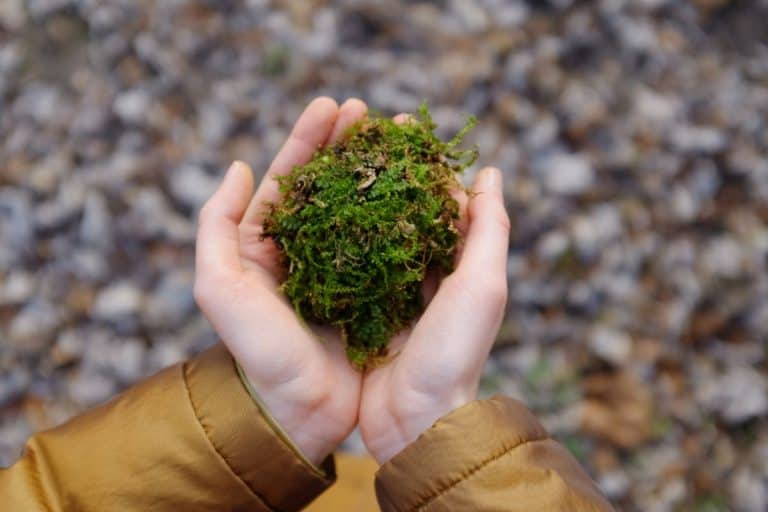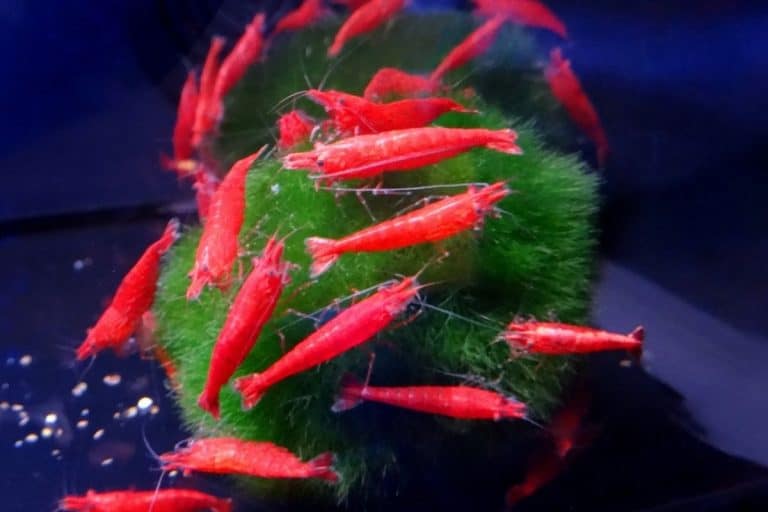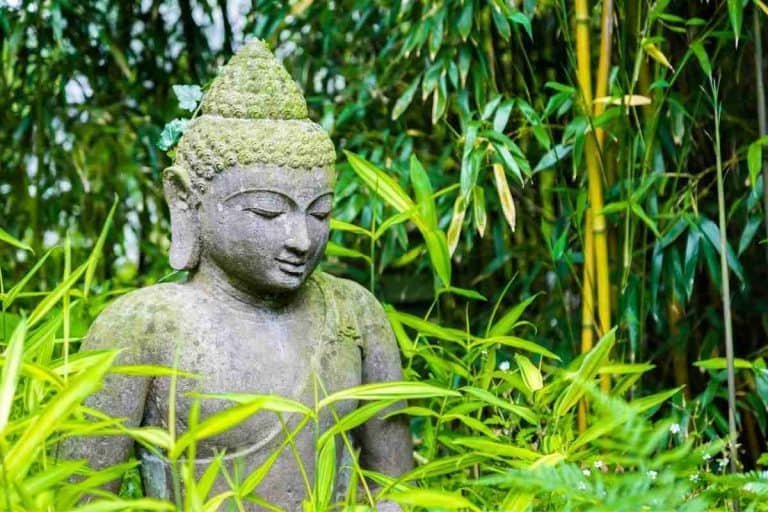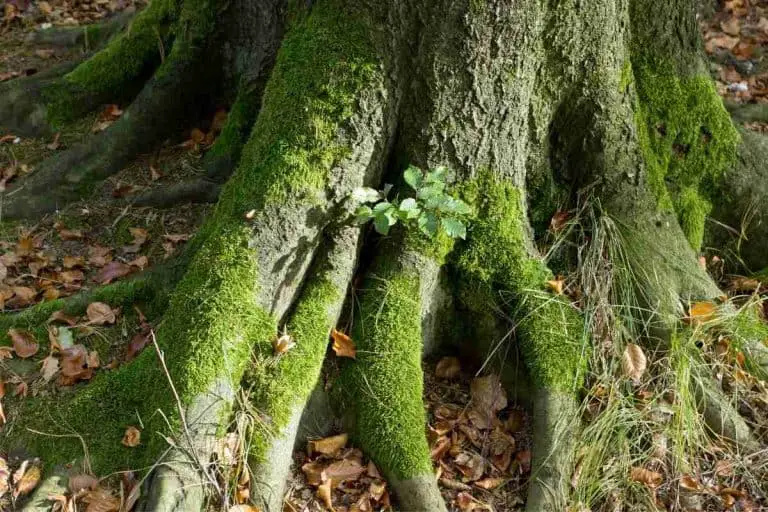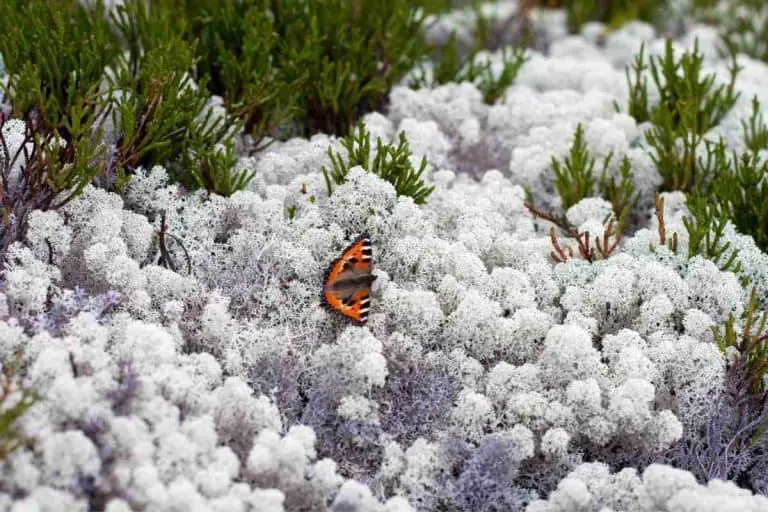The Benefits of Moss on Bonsai: Unlocking Green-thumb Secrets
Affiliate Disclaimer: As an affiliate, we may earn a small commission when you make a purchase from any of the links on this page at no additional cost to you!
We have already seen the best mosses for bonsai, but we should have focused on the benefits and why adding moss to your bonsai is good.
This article will explore the benefits and secrets of using moss on bonsai and how it improves overall growth and tree health.
One of the main advantages of incorporating moss into bonsai care is its ability to retain moisture, keeping the soil adequately hydrated for prolonged periods. This, in turn, supports healthy root growth and promotes a stable environment for the tree to thrive.
Additionally, moss is a protective barrier against possible sun damage, soil loss, and erosion, proving to be a valuable addition to bonsai care routines.
Although moss significantly contributes to the health and appearance of a bonsai tree, it is essential to manage its growth carefully. Using controlled moss creates the desired visual impact and ensures that the bonsai tree remains healthy and well-maintained.
As we delve deeper into bonsai moss, we will learn more about its benefits and effective ways to use it in bonsai cultivation.
Enhanced Growth
Moss can act as a natural fertilizer and support growth and development
Regulating Soil Temperature with Moss
Moss plays a vital role in regulating soil temperature for bonsai trees. By covering the soil surface, moss helps to keep the soil cool during hot months.
It provides insulation to retain warmth in winter, which is especially beneficial for tropical bonsai species. This temperature regulation contributes to a more stable environment for root growth, ultimately leading to improved health and development of the bonsai tree.
Natural Nutrients from Moss for Bonsai
Moss contains essential nutrients and minerals that can enhance the overall health of a bonsai tree.
It adds organic matter to the soil, fostering a supportive ecosystem for friendly bacteria and fungi, contributing to healthy root growth.
The presence of moss in bonsai pots supports the growth of beneficial microorganisms that aid in the uptake of essential nutrients by the tree’s root system.
Improving Soil Structure with Moss
In addition to providing nutrients and temperature regulation, moss contributes to better soil structure in bonsai containers.
The fibrous nature of moss aids in soil cohesion, preventing erosion and soil loss, while its highly absorbent qualities help maintain moisture levels crucial for healthy root growth.
Moss also promotes the growth of friendly bacteria and fungi, further improving the overall structure and health of the soil within the bonsai pot.
Erosion Prevention
Soil Stabilization with Moss
Moss can act as a sponge that protects the soil during irrigation, preventing annoying soil splashes from escaping the pot.
Excess Water Absorption with Moss
The high capacity to retain moisture is also useful for regulating water absorption.
This prevents excessive irrigation, which can cause root rot and other health problems in the bonsai tree.
By retaining the right amount of water, moss also reduces water loss through evaporation and helps maintain a healthy ecosystem of microbiology in the bonsai pot.
Protection of Soil and Bonsai Roots with Moss
As we mentioned before, moss protects the roots and also does so from direct sunlight (in this case, at the expense of the moss itself, which risks drying out).
This helps keep the roots adequately moist and prevents them from drying out.
Retention of Moisture
Mosses in bonsai and bonkei help to stabilize the soil and retain moisture, providing a warning system when delicate dwarfed bonsai plants need water.
Retaining Moisture with Moss
Moss plays a crucial role in retaining moisture for a bonsai tree.
The natural spongy structure of moss absorbs water and holds it close to the roots, providing a consistent source of moisture.
This ensures the bonsai tree stays hydrated and healthy, especially during hot summer days when water can quickly evaporate.
Preventing Water Loss with Moss
Another benefit of moss on a bonsai tree is its ability to prevent water loss. As moss covers the soil, it forms a protective layer that reduces evaporation from the surface.
This conservation of moisture is especially important for fragile bonsai trees, as they have limited root systems and need to retain as much water as possible to thrive.
Moreover, moss can help maintain the soil structure by preventing erosion and soil loss. Its presence keeps the soil intact and supports the bonsai tree’s growth and stability.
Consistent Moisture with Moss as a Natural Sponge
Moss acts as a natural sponge, soaking up water and releasing it slowly to moisten the soil.
This controlled release of water is essential for maintaining a balance in the bonsai tree’s environment.
A well-hydrated soil ensures that the roots can access water when they need it, promoting healthy growth and preventing stress on the tree.
Various moss types can be used for bonsai trees, such as sphagnum moss, which has excellent moisture retention properties. By choosing the right moss variety and keeping it under control, you can support your bonsai tree’s health and appearance.
Aesthetic Appeal
/
I saved for the last one of the less “technical” but not less important aspects, which is the benefit of having moss in bonsai to add an attractive visual element to them, improving their overall appearance and giving them a more natural and evolved look.
With the proper knowledge and techniques, moss can reveal the secrets of the hidden green thumb to take your bonsai to new levels.
Adding a Natural and Organic Look with Moss
Moss enhances bonsai’s appearance by giving them a natural and organic look. Adding a layer of moss to the soil or around the base of the tree can create the impression of an old and well-rooted tree.
Creating Contrast of Texture and Color with Moss
By using moss in bonsai design, one can add an interesting contrast of texture and color.
The soft, green surface of the moss complements and contrasts with the tree’s rough bark, creating a visually appealing scene.
Moss is available in various shades and textures, so one can experiment with different varieties to find the one that works best with their bonsai.
Using Moss to Create Different Looks for Bonsai
There are numerous creative ways to use moss in designing one’s bonsai. By using different varieties of moss and strategically positioning them, one can achieve a range of aesthetics to fit their artistic vision.
For example, if one wants to make the tree look like it is growing on a rocky landscape, moss can be used to simulate grassy areas between the rocks.
Alternatively, if one wants to make the tree look like it is growing in a forest, moss can be used to create a mini forest floor around the base of the bonsai.
By experimenting with the placement, varieties, and colors of moss, one can create endless aesthetic possibilities for their bonsai, allowing them to discover the secrets of the green thumb and take their bonsai art to new heights.
Conclusion
In my exploration of moss on bonsai trees, I have discovered several key benefits worth highlighting. First, moss helps to retain moisture, reducing the amount of watering needed.
Additionally, it protects against sun damage, which is crucial for maintaining the health of my bonsai trees.
Moss also offers a sense of age and stability to a bonsai tree. It adds color, texture, and naturalness, which can elevate the tree’s aesthetic appeal.
Furthermore, moss serves as a natural fertilizer, providing essential nutrients for a bonsai tree’s growth.
My personal motivation for using moss in my bonsai is rooted in the desire to ensure the tree’s health and overall appearance.
By incorporating moss, I feel confident that I am providing my bonsai with the best possible care and creating a beautiful, natural landscape.
Another motivating factor is the simplicity of the moss addition process. Once I learned how to apply moss to my bonsai trees, I found it to be a straightforward and rewarding practice that takes little time or effort.
Now that you are aware of the numerous benefits that moss brings to your bonsai trees, it’s time to put your knowledge into action.
Grow and maintain moss on your bonsai trees to accelerate their growth, promote healthy root systems, retain moisture, and give them a realistic appeal.
While some argue that moss can become invasive and compromise the health of a bonsai tree, careful monitoring and maintenance can prevent any potential issues.
Ultimately, incorporating moss into a bonsai tree’s care routine can enhance the growth and longevity of the plant. Remember to follow responsible practices and be mindful of the moss’s impact on the bonsai tree’s overall health.

